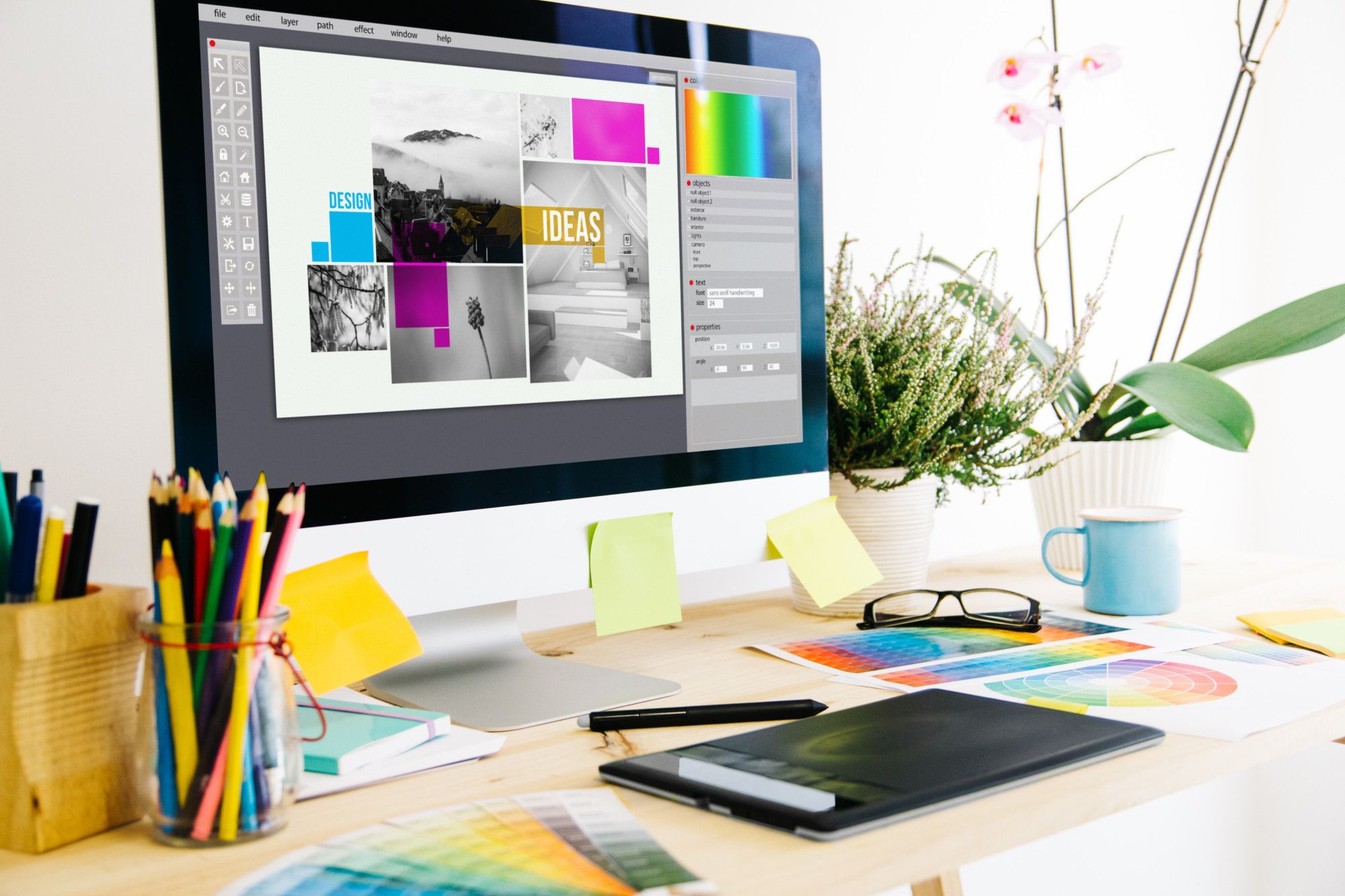
Compact Graphic Design: Unleash your creativity on a compact PC
Graphic design is a field of visual creativity that often requires high-end hardware for tasks such as image editing, digital illustration, and 3D modeling. While powerful desktop workstations are typically associated with graphic design, compact PCs are increasingly becoming a viable option for creative professionals. In this article, we'll look at how compact COMPUTERS can be used for graphic design, providing both productivity and space savings.
The power of compact PCs for graphic design
Compact PCs, often called small form factor (SFF) or mini PCs, offer a number of benefits to graphic designers:
1. Space efficiency:
- Compact PCs take up less desk space, making them suitable for small work areas or studios with limited space.
2. Portable:
- Many compact COMPUTERS are designed to be easily transportable, allowing graphic designers to work in different locations, collaborate with clients, or attend on-site meetings.
3. Productivity:
- Today's compact PCs boast unparalleled performance. They are equipped with powerful processors, dedicated GPUs and ample RAM for seamless multitasking and work with resource-intensive design software.
4. Silent operation:
- Some compact COMPUTERS are designed to operate silently, which is critical to creating a calm and focused work environment.
5. Setting:
- Many compact PCs offer customization options that allow you to select hardware components based on your specific graphic design needs.
6. Variety of form factors:
- Compact PCs come in a variety of form factors, including mini-tower, mini-ITX, and NUC-style PCs, giving you the flexibility to choose the size and design to suit your preferences.
7. Connection options:
- Despite their small size, compact PCs typically offer a wide range of connectivity options, including USB, HDMI, DisplayPort, and audio jacks, ensuring compatibility with your peripherals and displays.
Use examples for compact PCs with graphic design
Compact PCs are well suited for a variety of graphic design tasks:
-
Image Editing: Compact PCs can run image editing programs such as Adobe Photoshop and Lightroom for fast image processing and retouching.
-
Digital illustrations: These are great for working with illustration programs such as Adobe Illustrator, CorelDRAW or Clip Studio Paint.
-
3D modeling: Compact PCs with dedicated GPUs can run 3D modeling programs such as Autodesk Maya, Blender or Cinema 4D, making them suitable for creating 3D graphics and animation.{85 }
-
Video editing: Although some compact PCs are not as powerful as high-end workstations, they are capable of video editing tasks using programs such as Adobe Premiere Pro or DaVinci Resolve.
Choosing the right compact PC for graphic design
When choosing a compact PC for graphic design, consider the following factors:
-
Performance: Make sure your PC has a powerful CPU and GPU, ideally from Intel or AMD, to run graphic design programs efficiently.
-
RAM: Choose a system with at least 16GB of RAM to ensure smooth multitasking and processing of large design files.
-
Storage: Select a computer with fast storage capabilities, such as SSDs, for quick access to design assets and project files.
-
Display: Invest in a high-quality, color-accurate monitor for accurate visual performance.
-
Cooling: Look for a compact computer with efficient cooling to prevent overheating during long design sessions.
-
Upgradeability: Consider whether your PC allows you to upgrade your hardware in the future to adapt to your changing design needs.
Compact PCs offer graphic designers a compact and portable solution without sacrificing performance. By carefully selecting the right compact computer and monitor, graphic designers can create stunning visual content and bring their creative visions to life, whether in a small home studio or on the go.






